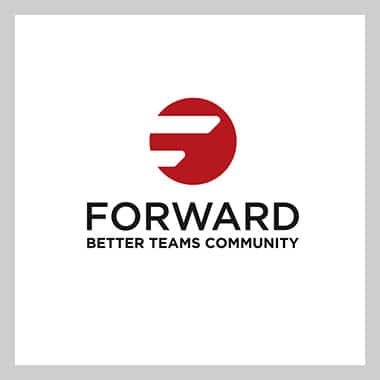Have you ever been misinterpreted what someone told you? Of course, you have! We misunderstand each other to one degree or another in almost every conversation we have. The truth is listening is challenging and most of us doesn’t know how to do it very well. Even when we have the skills, its challenging to listen when we are pressed for time or have strong opinions.
The benefits of listening effectively are enormous. Listening improves communication and builds trust. When we listen we also are more likely to understand what others are saying so we make less errors. Listening well even reduces conflict and leads to more productive resolutions.
In order to listen effectively, there are six key behaviors we need to practice. Let’s go through each and you’ll see how the model fits together.

Six Key Behaviors:
First, you must care. If you don’t care about the person or the message, it will be very difficult to pay attention. Ideally, we care about the person and the message, but this isn’t always the case. For example, we might really like a person on our team, but we don’t care at all to hear about the issues they are having with their computer. Or, we might not know or like the person speaking about a topic of interest, but what they are saying is very important to us.
Second, you must focus. There are so many distractions and things we need to do that can easily get people pulled in different directions. So, we need to put ourselves in situations where we can focus on the person speaking to us. This might involve shutting down our computers or phones, closing a door, moving to a location that is not as distracting, or taking notes so our mind does not wander.
Third, we need to select the parts of the message that matter. Often people talk in a rambling manor or they provide a lot of detail we don’t need. Our job is to listen for the parts of their message that we believe are the most important. We need to tune out the clutter.
The fourth behavior involves checking to be sure we understand their question or statement. Here we might paraphrase what we heard. Checking in allows the speaker to affirm our understanding or re-clarify so we are clear on what they intended to say.
Fifth, we need to ask questions. Probing is about asking open-ended questions to find out a deeper level of information. We might ask who, what, when, where, or why questions. Another way to probe is to ask for examples to gather more details and get a fuller understanding of the speaker’s message.
After we have asked questions and believe we fully understand the intended message, we can summarize the statements to be sure our interpretation is accurate. Not only does this allow for additional clarification, but it also demonstrates to the speaker that we have heard them.
In Summary
Successful listeners integrate all these behaviors into their conversations with others. To improve your listening abilities, choose the key behavior that is most difficult for you and practice it. The more you practice (and receive feedback), the sooner you will build this skill.
Looking for a hands-on Listening Skills Training session? Reach out to Better Teams for more information.
About the Author: Leigh Ann Rodgers, Founder of Better Teams and Forward, is an IAF Certified Professional Facilitator with 20 years of experience in the human development field. Leigh Ann is a skilled meeting facilitator, trainer, and coach working across the globe to help leaders cultivate teams that are happy and high-performing.
Learn. Share. Practice. Move FORWARD. Join the Better Teams community, FORWARD, to network and grow with some of the most experienced professionals in the field of team building and facilitation. LEARN MORE


6 Responses
Something missing for me in this model is the issue of impact, and the road to assess it, which is empathy. At times, the details involved in listening for clarity and documenting the process to obtain it can obscure the importance of the underlaying impact (negative or not) that may have occurred. For that type of listening, more than a cognitive driven model of fact finding and clarifying is necessary. Having said that, having a road map to follow like the model you proposed is better than nothing at all! My two cents to the conversation. Thanks for sharing, I always look forward to your weekly releases.
Dolores – I agree completely that empathy is important! I include that under “care” – and it can also can be demonstrated in many parts, especially in “Check”. Checking can be about the facts OR the emotions expressed. Thank you for bringing this up.
Something missing for me in this model is the issue of impact, and the road to assess it, which is empathy. At times, the details involved in listening for clarity and documenting the process to obtain it can obscure the importance of the underlaying impact (negative or not) that may have occurred. For that type of listening, more than a cognitive driven model of fact finding and clarifying is necessary. Having said that, having a road map to follow like the model you proposed is better than nothing at all! My two cents to the conversation. Thanks for sharing, I always look forward to your weekly releases.
Dolores – I agree completely that empathy is important! I include that under “care” – and it can also can be demonstrated in many parts, especially in “Check”. Checking can be about the facts OR the emotions expressed. Thank you for bringing this up.
Good
Good